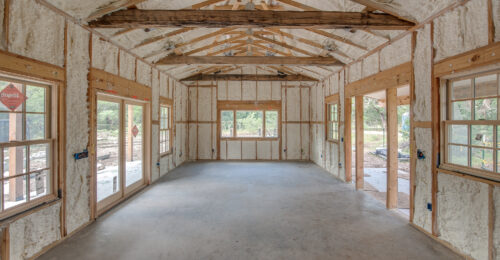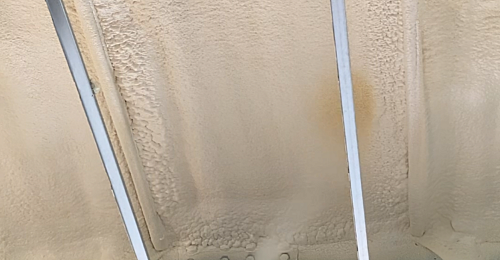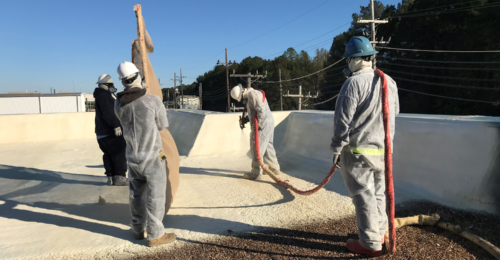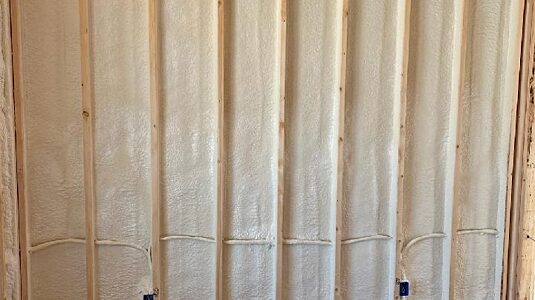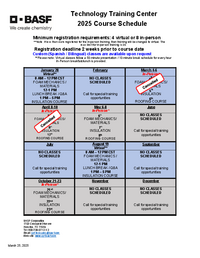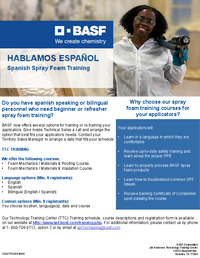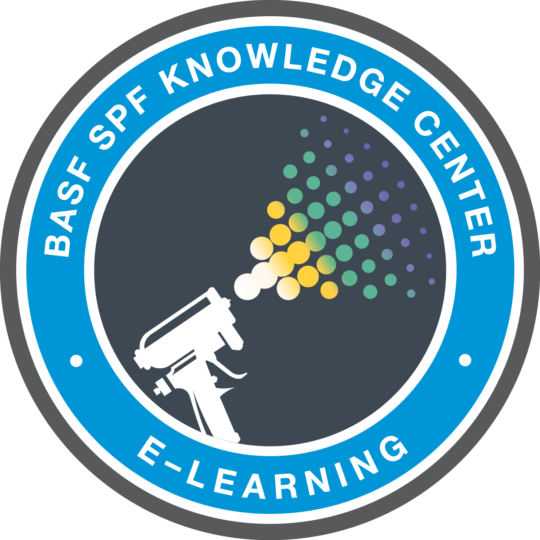In-Person and Virtual Live Training
The Jim Andersen Technology Training Center (TTC), located in Houston, TX, is a specialized SPF training center, providing a high-quality learning experience. Experts with many years of experience in the air barrier, roofing and insulation markets provide training and share their wealth of knowledge. It is our goal to get you training in safe and professional practices for the polyurethane industry.
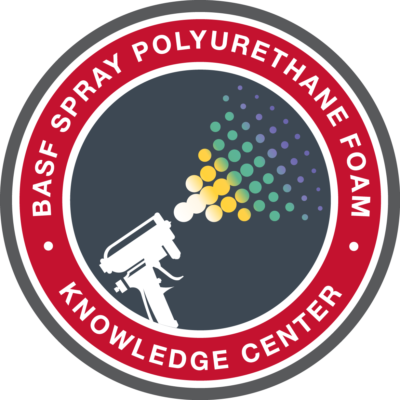
TTC Registration Form
We offer training sessions throughout the year both in-person and virtually, including Roofing, Insulation and Foam Mechanics and Materials (FMM) courses.



